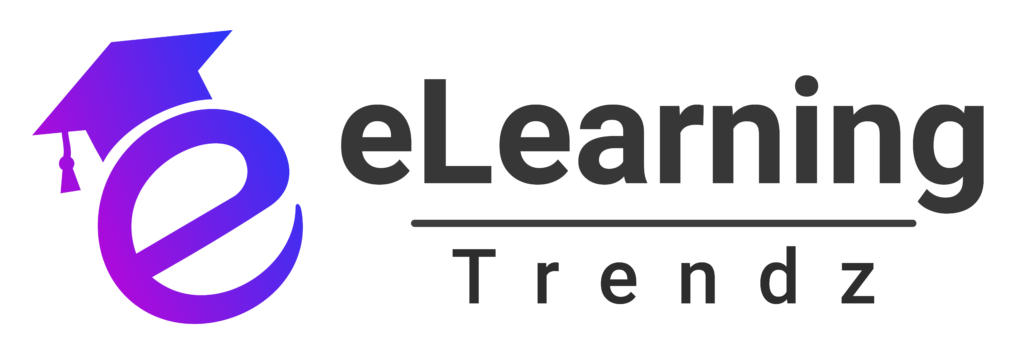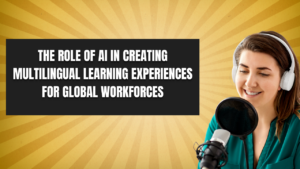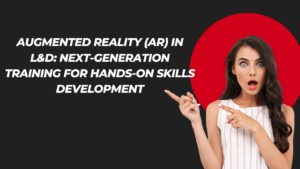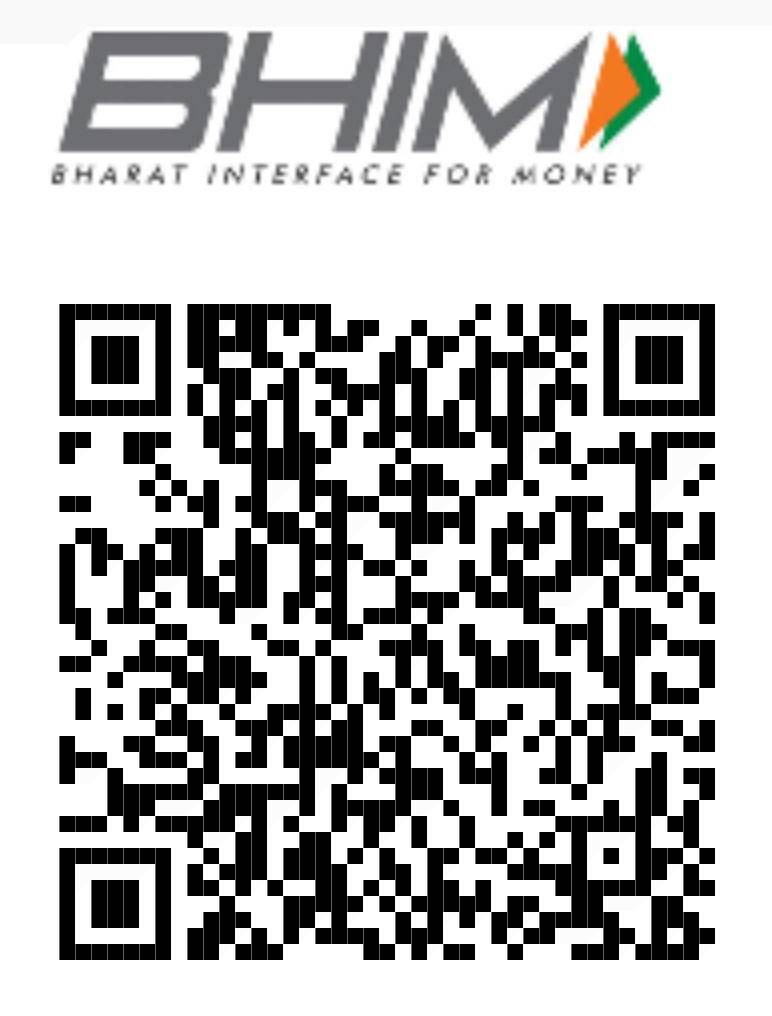Integrating your Learning Management System (LMS) with your HR system can streamline employee onboarding, training, and performance tracking—all while ensuring a seamless data flow between departments.
Step-by-step guide on how to integrate an LMS with your HR system
Here’s a step-by-step guide on how to integrate an LMS with your HR system:
1. Assess Your Integration Needs
- Identify Key Objectives:
Start by outlining your goals for the integration. Common objectives include automating user enrollment, synchronizing employee data, tracking training progress, and generating consolidated reports. - Define Data Requirements:
Determine which data points need to be shared between systems. Typical data includes employee profiles, training completion statuses, certification records, and performance metrics. - Stakeholder Collaboration:
Bring together HR, IT, and L&D teams to discuss requirements. This collaboration ensures that the integration meets the needs of all departments while aligning with overall business goals.
2. Evaluate Your Existing Systems
- Review System Capabilities:
Check if your HR system and LMS offer built-in integration features, such as pre-configured connectors or APIs. Many modern LMS platforms come with native integration options designed specifically for popular HR software. - Assess Customization Options:
If your systems lack native integration, consider whether they support API connections. Robust API support enables custom integration solutions that can be tailored to your organization’s specific needs.
3. Choose an Integration Method
- Native Integrations:
If available, native integrations are the simplest solution. They often require minimal configuration and are supported by both the LMS and HR system vendors. - Third-Party Middleware:
For systems that don’t have native connectors, third-party middleware platforms (like Zapier, MuleSoft, or Dell Boomi) can facilitate data exchange between the LMS and HR system. This option is ideal for companies with complex integration requirements. - Custom API Integration:
When off-the-shelf solutions aren’t an option, custom API integration may be necessary. Work with your IT team or an external developer to create a bespoke solution that securely connects your HR and LMS platforms.
4. Plan the Integration Process
- Develop a Project Plan:
Outline clear milestones, timelines, and responsibilities. A detailed project plan helps keep the integration process on track and ensures alignment among all stakeholders. - Data Mapping:
Create a data map that defines how your HR system’s data fields correspond to those in your LMS. This step is crucial for ensuring accurate data synchronization and minimizing errors. - Establish Security Protocols:
Ensure data transfer between the systems adheres to your company’s security policies and regulatory requirements. Implement encryption, secure authentication, and access controls to protect sensitive information.
5. Implement and Test the Integration
- Pilot Testing:
Before a full rollout, conduct a pilot test with a small user group. This phase lets you identify any issues or bottlenecks in data flow and refine the integration process. - Monitor Data Synchronization:
During testing, verify that data is accurately and consistently synchronized between your HR system and LMS. Check for issues such as duplicate entries, missing information, or time lags in data updates. - User Acceptance Testing (UAT):
Involve end users from HR and L&D in the testing process. Their feedback can help refine the integration, ensuring the system is user-friendly and meets operational needs.
6. Train Your Team and Go Live
- Provide Training:
Ensure that HR, L&D, and IT teams are trained to use the integrated system. Clear training reduces confusion and improves adoption rates. - Documentation and Support:
Create detailed documentation that outlines the integration process, data flows, troubleshooting steps, and support contacts. This resource is invaluable for ongoing maintenance and future updates. - Full Deployment:
Once testing is complete and teams are trained, roll out the integration to the entire organization. Monitor performance and be prepared to make adjustments based on user feedback.
Ready to Streamline Your HR and Training Processes?
Integrating your LMS with your HR system not only enhances operational efficiency but also empowers your organization to provide a seamless learning experience. By automating data synchronization and simplifying user management, you can focus on what truly matters: employee growth and development.
Don’t let disconnected systems slow you down.
Contact us today for a personalized demo and learn how our integrated LMS solutions can revolutionize your HR and training processes—ensuring your team stays engaged, informed, and ready to succeed!










